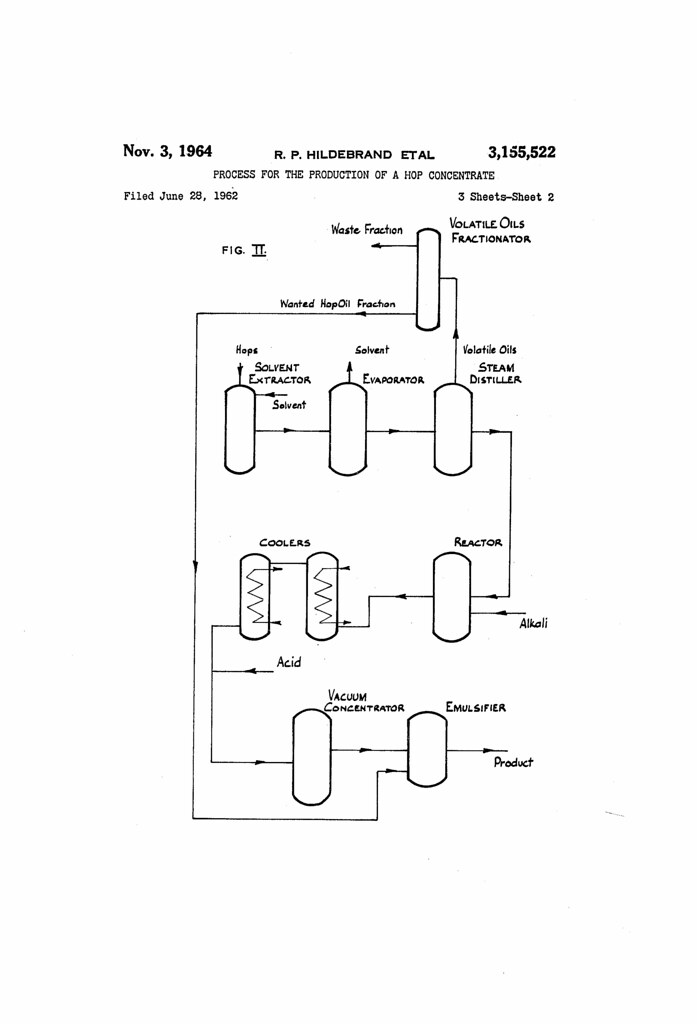
238000005516 engineering process Methods 0.000 description 2.238000000926 separation method Methods 0.000 abstract description 4.230000000875 corresponding Effects 0.000 claims description 4.239000000523 sample Substances 0.000 claims abstract description 50.238000005325 percolation Methods 0.000 title claims abstract description 28.230000005540 biological transmission Effects 0.000 title claims abstract description 49.

Google has not performed a legal analysis and makes no representation as to the accuracy of the date listed.) Filing date Publication date Application filed by Xiangming Li, Jihua Lu, Jianping An, Jie Yang filed Critical Xiangming Li Priority to US13/015,044 priority Critical patent/US20110122878A1/en Publication of US20110122878A1 publication Critical patent/US20110122878A1/en Status Abandoned legal-status Critical Current Links Google has not performed a legal analysis and makes no representation as to the accuracy of the status listed.) Abandoned Application number US13/015,044 Inventor Xiangming Li Jihua Lu Jianping An Jie Yang Original Assignee Xiangming Li Jihua Lu Jianping An Jie Yang Priority date (The priority date is an assumption and is not a legal conclusion. Google Patents US20110122878A1 - Method of percolation networking architecture for data transmission and routing With x holes per unit cell, boron carbides have very large Seebeck coefficients that depend only weakly on x.US20110122878A1 - Method of percolation networking architecture for data transmission and routing This strong sensitivity to composition indicates that percolation effects, arising from boron carbides having carbon atoms in inequivalent locations, influence the conductivity at low temperature. At low temperature, the boron carbide conductivities are non-Arrhenius with a temperature dependence that more » is a strong function of the composition x. Center for Excitonics (CE) Sponsoring Org.: USDOE Office of Science (SC), Basic Energy Sciences (BES) Center for Excitonics, an Energy Frontier Research Center Kwanjeong Educational Foundation National Research Foundation of Korea (NRF) OSTI Identifier: 1262288 Grant/Contract Number: SC0001088 Resource Type: Accepted Manuscript Journal Name: AIP Advances Additional Journal Information: Journal Volume: 6 Journal Issue: 4 Journal ID: ISSN 2158-3226 Publisher: American Institute of Physics (AIP) Country of Publication: United States Language: English Subject: 75 CONDENSED MATTER PHYSICS, SUPERCONDUCTIVITY AND SUPERFLUIDITY organic light emitting-diodes n-vinylcarbazole hole transport conduction threshold blends mobility systems films host hopping transport percolation charged excitons current = C icosahedra. of Technology (MIT), Cambridge, MA (United States) Energy Frontier Research Centers (EFRC) (United States). Publication Date: Fri Apr 29 00:00: Research Org.: Massachusetts Inst. of Technology (MIT), Cambridge, MA (United States) Furthermore, the analytic relation may allow the rational design of mixed layers of small molecules for high-performance OLEDs. The relation is confirmed both numerically and experimentally through measurements of the relative conductivity of Tris(4-carbazoyl-9-ylphenyl) amine (TCTA) :1,3-bis(3,5-dipyrid-3-yl-phenyl) benzene (BmPyPb) mixtures with different concentrations, where the TCTA plays a role as hole conductor and the BmPyPb as hole insulator.

We show that these two commonly-employed models are linked by an analytic expression which relates the localization length to the percolation threshold and critical exponent. Two approaches are typically used to optimize the fraction of charge transport materials in a mixed host composition: either an empirical percolative model, or a hopping transport model. Mixed host compositions that combine charge transport materials with luminescent dyes offer superior control over exciton formation and charge transport in organic light emitting devices (OLEDs).


 0 kommentar(er)
0 kommentar(er)
